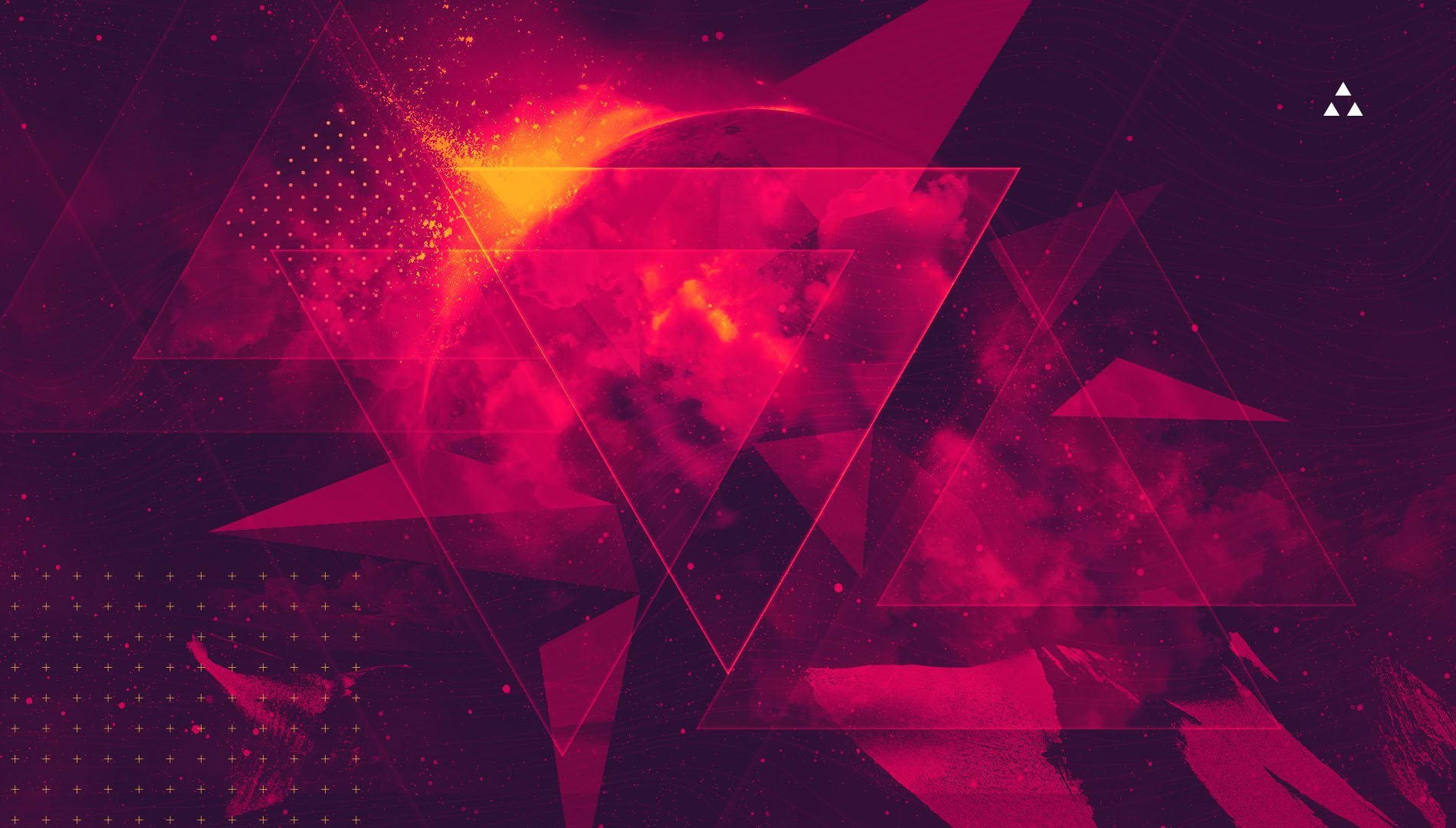-
 play_arrow
play_arrowClub Ready Radio Dance Freex Radio
Other than your name not being pronounced as ‘Kampaya’, what else should people know about you?
I’m a DJ, occasionally an artist. I like to think of myself as a connector in all the other aspects of my professional life. I’m based in Kampala, Uganda. I play all kinds of genres of African electronic music and music from the African diaspora. I’m one of the crew that founded the Nyege Nyege Festival way back in 2015. And I just put out this compilation.
If you could be born in the best era for African music, when would that be?
A lot of my favourite genres peaked in the ’80s and ’90s. So like, my favourite Congolese soukous tracks are definitely from the ’90s, where they were a bit more upbeat and there were all these crazy music videos that went with them. As a ’90s baby who came of age with the internet, I miss those simpler times. We were benefiting from new technology and new connectivity – but it hadn’t entirely taken over the way it has today.
What genre is getting you most excited at the moment?
I’m very obsessed with gqom. I like quite dark, melodic stuff, which isn’t always appropriate. I’ll be playing in the afternoon, and I’m like…can I squeeze in a gqom track? That kind of genre is really best for dark clubs at three in the morning. And I really gravitate to it.
What are the perfect ingredients for a Kampire set?
Ultimately, the aim is just to get people to dance. I know the amapiano warriors say the aim is not to sweat, but my aim is the opposite. When I meet a dancer after I play, and their shirt is soaked in sweat, I know I’ve done the right thing.
Read this next: How sounds from the Global South stopped club culture stagnating
What’s been your favourite place to play in so far? Any on your wishlist?
I haven’t been to Brazil yet, and it’s very much on my list. I got to play in Shangai and Tokyo in 2018, which was crazy. I think the biggest privilege is being able to play on the continent. Nairobi has been giving me life lately, I always have a good time there. The crowds are super responsive to any kind of genre, and they also just really love to dance.
Why ‘A Dancefloor In Ndola’?
I wanted to give people an idea of just how diverse the continent is. The genres sound different, but have similarities. It really is just a very tiny snapshot in time and space; with references to the music of my parents’ generation and all the things that we danced to when I was a kid. It’s also good summer-y, sitting-in-the-grass type music.
There are several nods to femme fashionistas and mystique divas on this project. How do you see the role of women historically as curators of culture?
I think that women do all these magical things, but nobody gives it as much value because it’s considered to be in the private space. But in the public domain, women are considered the carriers of culture. Even in soukous music – we hear about Franco, Tabu Ley, and less about all the incredible women vocalists who contributed to that culture. So when I made this list, I was like, where are the women? I think it’s always important to kind of elevate them now that we know better.
What are some of your earliest memories of music growing up?
I spent most of my childhood, between the ages of two to 18, in Ndola – a small town in Zambia’s Copperbelt. At the time, Congolese music was the pop music of the whole of the African continent, but especially in East Africa. Being Ugandan, my dad was obsessed with Franco and all these Congolese artists – a lot of the tracks were nostalgic for my parents and represented a piece of home. At the same time there was a lot of South African influence in Zambia, mostly through Channel O which was like a South African MTV. And of course American R&B and UK pop, whatever was coming on the radio. In summary, it was a real melting pot.
Written by: Tim Hopkins


